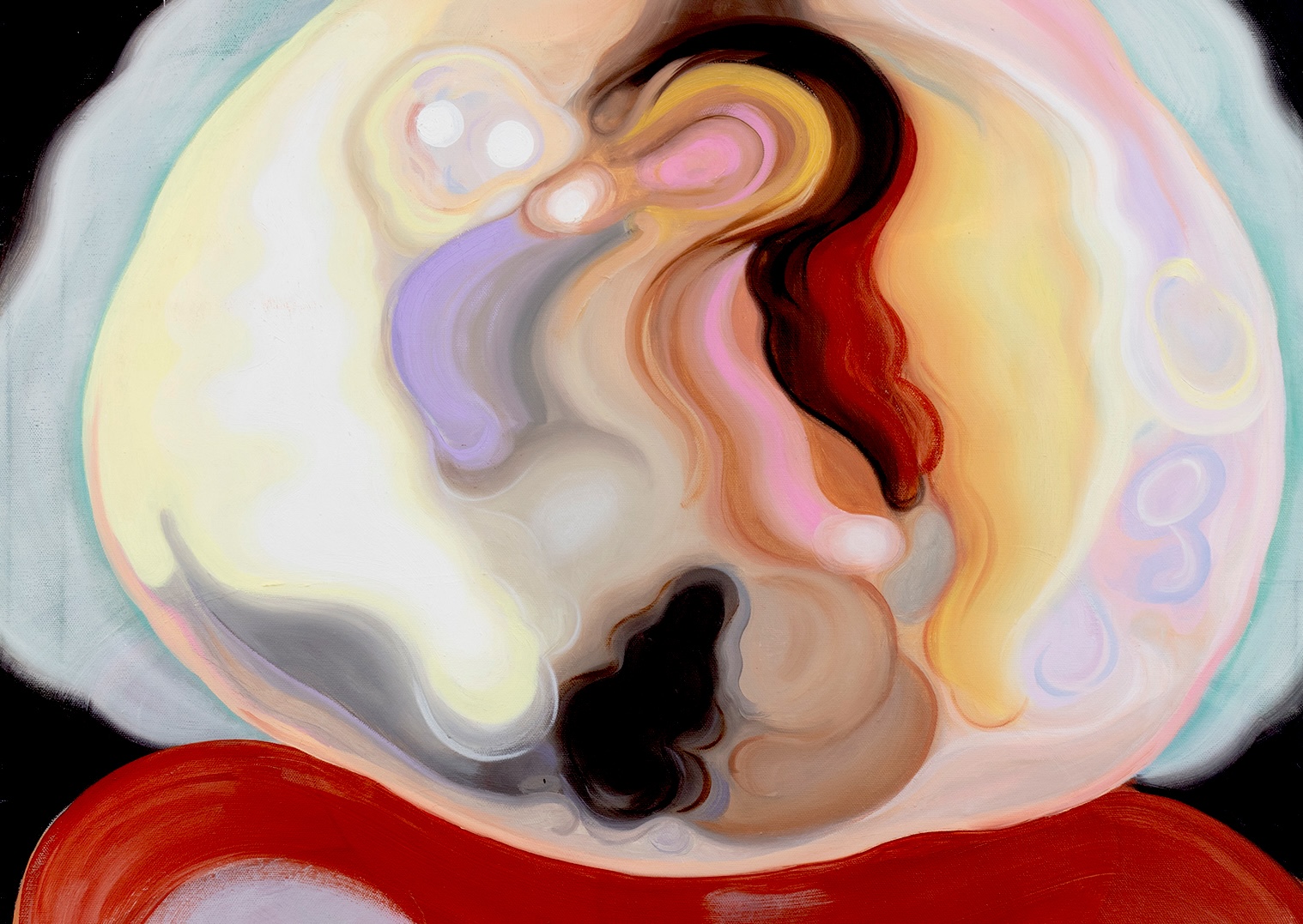
Genealogía de las galerías de arte contemporáneo en México (y más allá).
Logros, crisis, reflexiones y aprendizajes
Ámbar Quijano will host the conversation Genealogía de las galerías de arte contemporáneo en México (y más allá). Logros, crisis, reflexiones y aprendizajes.
Celebrating the first year of a gallery is also an invitation to pause and question the ecosystem we inhabit: Where do we stand? Who are we today? Where are we headed? As this first cycle comes to a close, we propose a critical conversation about the contemporary art gallery model—its achievements, its limits, and the inherited structures that we continue to leave unnamed, yet that define much of our practice.
This conversation will open up a critical dialogue spanning from the legacy of figures like Betty Parsons and Leo Castelli, to the consolidation of formats such as the white cube, exclusivity, or the international fair circuit. These processes and practices have produced unwritten rules that we often assume as inevitable. But what among all this still works? What no longer serves us? And what could we rebuild differently?
An art market marked by debt and exhaustion highlights the urgency of rethinking the sustainability of the model. How can exclusivity be demanded of artists when their basic needs are not even guaranteed? Why not imagine alliances between galleries and models that are non-exclusive, collaborative, and less hierarchical?
At the international level, figures like Tim Blum have decided to close their spaces and rethink the role of the gallery beyond the traditional system, while media outlets such as The Art Newspaper, Artsy, and Artnet News have revisited this crisis under a clear question: Is the gallery system broken?
This conversation aims to create an honest space to share experiences, doubts, and lessons learned. More than finding definitive answers, the intention is to think together about how to reinvent what a gallery can be today—and what it could become tomorrow.
–Ambar Quijano